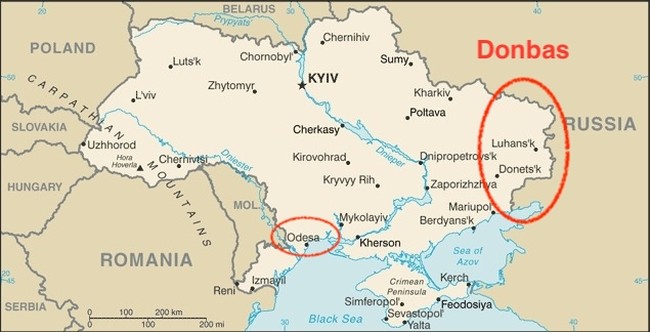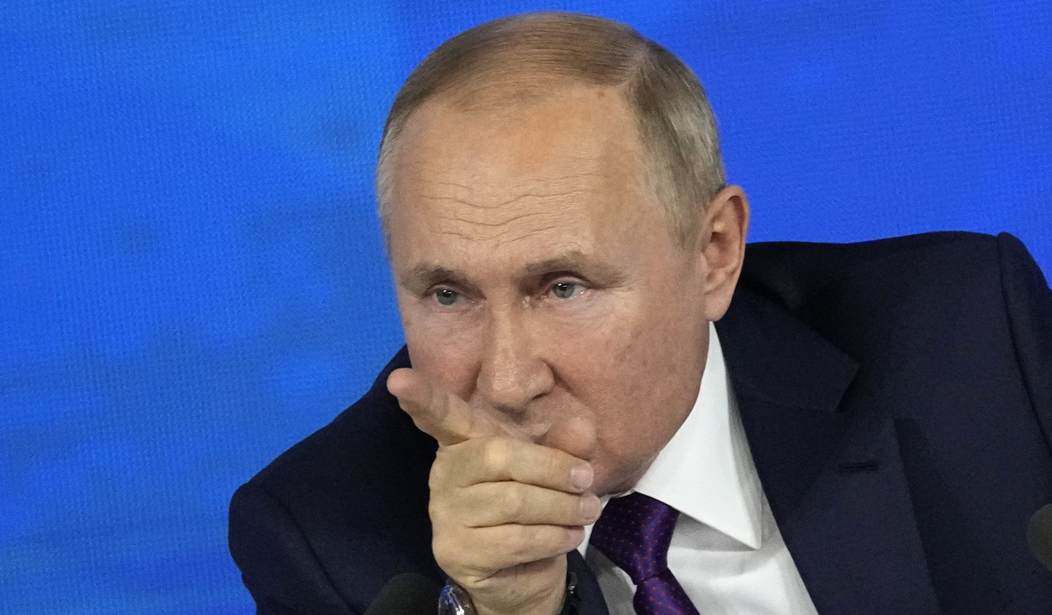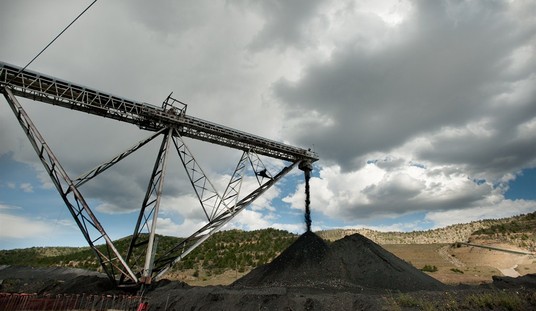Russia vs. Ukraine looks more and more like full-scale war might come to Europe for the first time since 1945.
While I haven’t exactly been sanguine about Russian strongman Vladimir Putin’s designs on Ukraine, full-on nation-state vs. nation-state in mass mechanized warfare felt unlikely.
Not because Russia couldn’t win the individual battles, but because trying to digest Ukraine whole would cause Moscow far too much financial stomach upset.
Russia hasn’t even been able to assert dominance, despite a decade of trying, over Ukraine’s industrial Donbas region right on the border with Russia, and half populated by ethnic Russians.
The Biden administration, weak as it is, couldn’t resist (I think…) placing crippling sanctions on Moscow, Putin, and the oligarchs bleeding their own country dry.
Worse (from Moscow’s point of view), a full-scale invasion could force the Germans to wean themselves off the Russian energy teat, which for the last two decades has been the biggest thorn in the side of North Atlantic unity.
Earlier this month, “senior Biden Administration officials” revealed to the New York Times “that the United States could throw its weight behind a Ukrainian insurgency” if Russia were to invade.
We could kinda-sorta afford to spend 20 years and untold treasure and blood fighting an insurgency in Afghanistan. Russia can’t afford a similar misadventure in Ukraine.
So many reasons not to make Russia vs. Ukraine a full-scale war.
And yet…
“Destination Ukraine?” is the question asked on Tuesday by the International Business Times, as it’s revealed that no fewer than six Russian amphibious assault ships have left their homeports in the Baltic Sea for destinations unknown:
The voyage has raised concerns as these ships are normally attached to the Baltic Fleet. Though their final destination is unclear, the Ukrainian military believes Russia will launch an amphibious assault at the port city of Odessa in the event of an invasion. The presence of the three Ropuchas would only add beach landing capacity for the Black Sea Fleet.
Korolev, Minsk, and Kaliningrad were spotted heading out on the 15th, followed the next day by the Olenegorskiy Gornyak, Georgiy Pobedonosets, and Pyotr Morgunov.
Recommended: Insanity Wrap: Ivermectin Doctor Suspended, Forced to See Shrink
Combined, the six ships can land more than 1,500 troops and dozens of armored vehicles. Given how far Russian naval power has declined since the dissolution of the Soviet Union, those six ships also represent a significant fraction of Russia’s amphibious capacity.

Since Russia seized the strategic Crimean peninsula from Ukraine in 2014, Odessa — presumably the target of the Russian invasion fleet — is Ukraine’s last remaining major port not directly threatened by Russian land forces.
Given the state of the Russian navy’s surface forces and Moscow’s strained finances, they can’t afford to move forces around like this unless they mean business.
That’s the major reason why a full-scale Russia vs. Ukraine war suddenly looks more likely than ever.
Speaking in Kyiv earlier today, U.S. Secretary of State Anthony Blinken warned that “Russia has ratcheted up its threats and amassed nearly 100,000 forces on Ukraine’s border, which it could double on relatively short order.” He’s scheduled to meet with Russian Foreign Minister Sergey Lavrov in Geneva on Friday, even though he admits that it is “not clear what Russia’s central demand is.”
To my eyes, it’s clear that Moscow wants, at the very least, the “Finlandization” of Ukraine, and de facto NATO recognition of Russian hegemony over all the non-NATO former Soviet Republics in Eastern Europe and the Caucasus.
The six amphibious vessels presumably headed towards Russian and Russian-held ports on the Black Sea indicate that Russia is willing to fight to achieve that position. Or at the very least, to give the very expensive impression that they’re willing to fight.
Given the Biden Administration’s weakness on foreign policy, Joe Biden’s diminished ability to rally domestic support, our (natural) focus on China, and America’s loss of energy independence, it isn’t clear if America is willing to do anything substantial to counter Russian aggression.
I don’t believe the U.S. or NATO should go to war over Ukraine, but for the moment it appears that American weakness invites the very war we don’t want to fight.










Join the conversation as a VIP Member